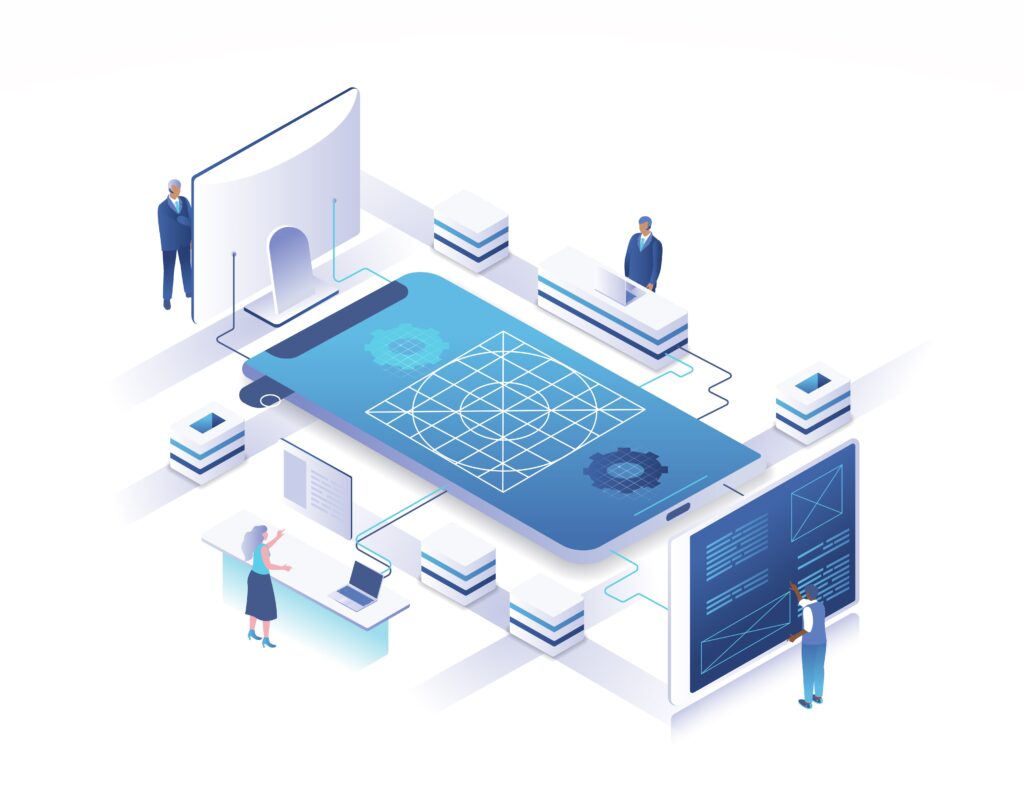IMS enables buyers to accept, deny, and put on hold invoices received from suppliers. What is the importance of this? You always have an option to cross-check applicable ITC and match supplier invoices with your records to mitigate problems by utilizing IMS in your business. This directs more accurate returns and more efficiency driven processes. The IMS enables suppliers and buyers to interact on the issues of invoice reconciliation in a pre-defined manner.
1. Supplier submits invoices via GSTR-1 or IFF
Suppliers can submit their outward supply invoices through GSTR-1 (on or before the 11th day of every month) or via IFF.
2. Invoices visibility on IMS dashboard
Immediately after the supplier uploads the invoices, all invoices reported by the respective suppliers are available to buyers on IMS dashboard. Some of the key details that are visible in the dashboard are Supplier GSTIN, trade name, invoice number, invoice type.
3. Buyers actions on invoices
Before GSTR-2B is generated, i.e. by the 14th of the month following the return period, buyers can take action on all invoices which include Accept, Reject, and Pending.
When invoice details are correct, the invoice will be included in the auto drafted GSTR-2B which is generated on the 14th of every month, and the ITC from these invoices will be part of GSTR-3B.
In the case of incorrect or invalid invoice which goes complete blackout on 30 days ITT time and on-demand ITC snapshot after submission, the invoice will be rejected and all rejected invoices will be captured under ITC rejected in GSTR-2B, and these invoices will not be part of ITC computation in GSTR-3B.
Pending invoices are for goods or services not received, or are ambiguous in terms of ITC eligibility.
Excluding all invoices under GSTR-2B and GSTR-3B, there will be no action required therefore, invoices will be carried forward for action in the next month’s cycle.
4. No Action Taken?
Without any actions being taken on the invoice by the buyer, the invoices will automatically be captured in GSTR-2B, and GSTR-3B for ITC computation and will be considered ‘Deemed Accepted’.
5. Changes After the 14th
Regardless of whether any action has been taken (Accept/Reject/Pending) post the GSTR-2B generation (14th) but pre GSTR-3B filing, in such cases, the recomputation of GSTR-2B is mandatory for all buyers. Only after fresh computation will the filing of GSTR-3B return be permissible. Would you like me to go over any concepts before we continue?
Quick Snapshot of IMS actions on GSTR-2B and GSTR-3B
Buyer action | Impact on GSTR-2B | Impact on GSTR-3B (ITC) | Supplier visibility |
Accepted invoices | Reflected in GSTR-2B generated on 14th | included in ITC computation | Notified as accepted |
No action taken (Deemed accepted) | Automatically added to GSTR-2B | Included in ITC computation | Notified as accepted |
Rejected invoices | Shown under ITC Rejected section | Excluded from ITC computation | Visible on supplier’s IMS dashboard |
Pending invoices | Not included in current month’s GSTR-2B | Not included until final action | Notified once action is taken |


 Tally on Cloud simplifies accounting, accessible anytime and anywhere, enhancing flexibility and convenience for users.Choose a secure backup solution with strong encryption, flexibility in scheduling, and easy data restoration.
Tally on Cloud simplifies accounting, accessible anytime and anywhere, enhancing flexibility and convenience for users.Choose a secure backup solution with strong encryption, flexibility in scheduling, and easy data restoration.



